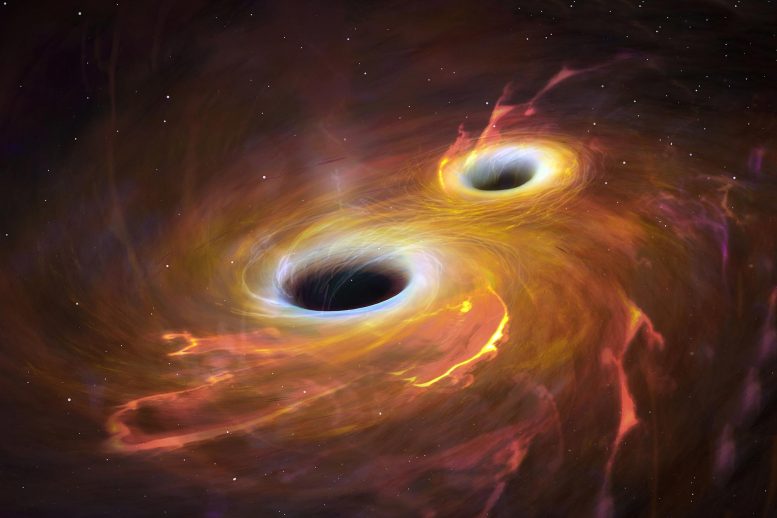
An artist’s impression of two black holes about to collide and merge.
Gravitational waves are ripples in the curvature of spacetime caused by accelerated masses that propagate as waves at the speed of light outward from their source. Although you don’t need a gigantic object to create gravitation waves, our instruments are only able to detect those generated by extreme acceleration of very massive objects, such as the binary orbit of black holes.
A massive black hole sits at the center of most galaxies, such as Sagittarius A* at the center of the Milky Way. These black holes are very heavy – their mass can be from a million to over a billion times the mass of the Sun and, as such, are appropriately known as supermassive black holes.
As galaxies move through the Universe, they will occasionally merge. When this happens, the supermassive black holes they host tend to migrate toward each other and form a binary system. As these two black holes orbit each other, they warp the fabric of space and time around them and produce gravitational waves which ripple out into the Universe. These gravitational waves complete one full oscillation every year or so as they travel through space and are classified as low-frequency gravitational waves.
The Universe is full of these supermassive black hole binary systems, and the gravitational waves they emit fill space, combining to form something known as the stochastic gravitational wave background. Scientists are trying to find a gravitational wave signal from this background using a complex network of radio telescopes called a pulsar timing array but it could be years before there is a confirmed detection.
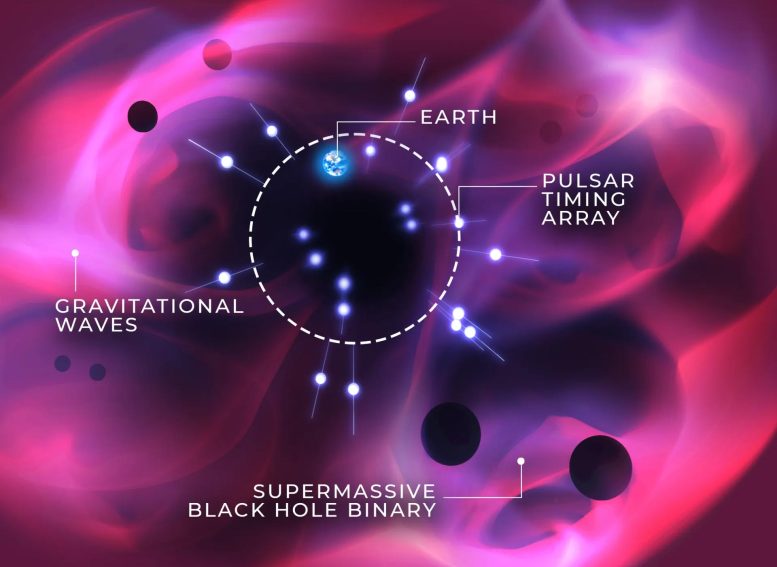
Scientists predict gravitational waves from merging supermassive black holes. Credit: Carl Knox, OzGrav-Swinburne University
For this reason, cosmological simulations are often used to predict what this gravitational wave signal could look like. This type of simulation helps scientists understand the structure and history of the Universe by tracking the flow of matter and energy from a time soon after the Big Bang, up until today.
A team of researchers led by postgraduate researcher Bailey Sykes (from Monash University), alongside several OzGrav scientists, including OzGrav Associate Investigator Dr. Hannah Middleton, have recently made a new prediction for the strength of this gravitational wave signal. The new estimate is based on data from the MassiveBlack-II simulation, which simulates a massive region of space similar to a chunk of our own Universe.
The team made two estimates: one in which the supermassive black holes merge almost instantly once their host galaxies collide, and another in which the two black holes take time to sink towards each other once they pair up in a binary system. This second estimate is important as the gravitational wave output of a binary can change during this time due to the interactions of stars and gas nearby the supermassive binary.
The simulated gravitational wave signal using MassiveBlack-II is similar to other predictions in previous studies. It’s smaller than a signal currently detectable by pulsar timing arrays; however, as the sensitivity of telescope technology increases over time, it’s possible a confirmed detection could be just around the corner.
The results from the study add valuable insights to existing signal predictions and provide an important reference point for future pulsar timing arrays. Progressively more accurate estimates of the stochastic gravitational wave background can be used to further understand other astrophysical phenomena, including the interactions of stars and gas which impact merging supermassive black holes.
References:
“An estimate of the stochastic gravitational wave background from the MassiveBlackII simulation” by Bailey Sykes, Hannah Middleton, Andrew Melatos, Tiziana Di Matteo, Colin DeGraf and Aklant Bhowmick, 14 February 2022, Monthly Notices of the Royal Astronomical Society.
DOI: 10.1093/mnras/stac388
“The MassiveBlack-II simulation: the evolution of haloes and galaxies to z ∼ 0” by Nishikanta Khandai, Tiziana Di Matteo, Rupert Croft, Stephen Wilkins, Yu Feng, Evan Tucker, Colin DeGraf and Mao-Sheng Liu, 24 April 2015, Monthly Notices of the Royal Astronomical Society.
DOI: 10.1093/mnras/stv627


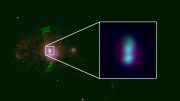
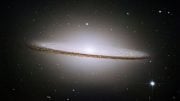


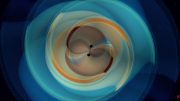

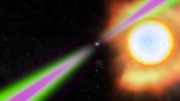
Why are you reporting on guesses? This publication has lost its purpose.